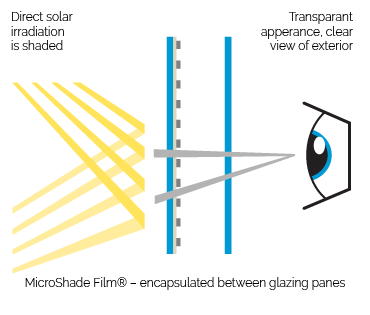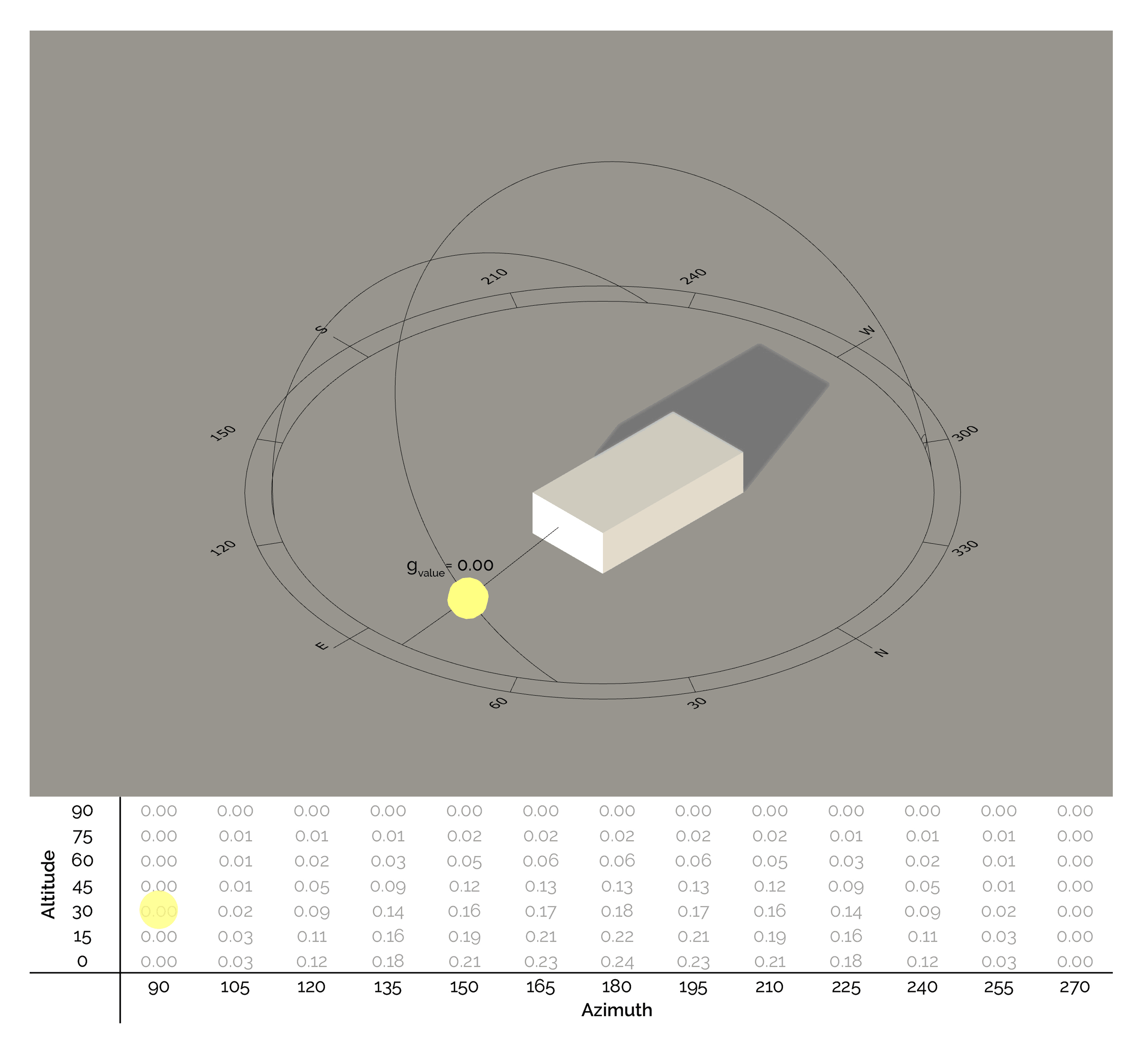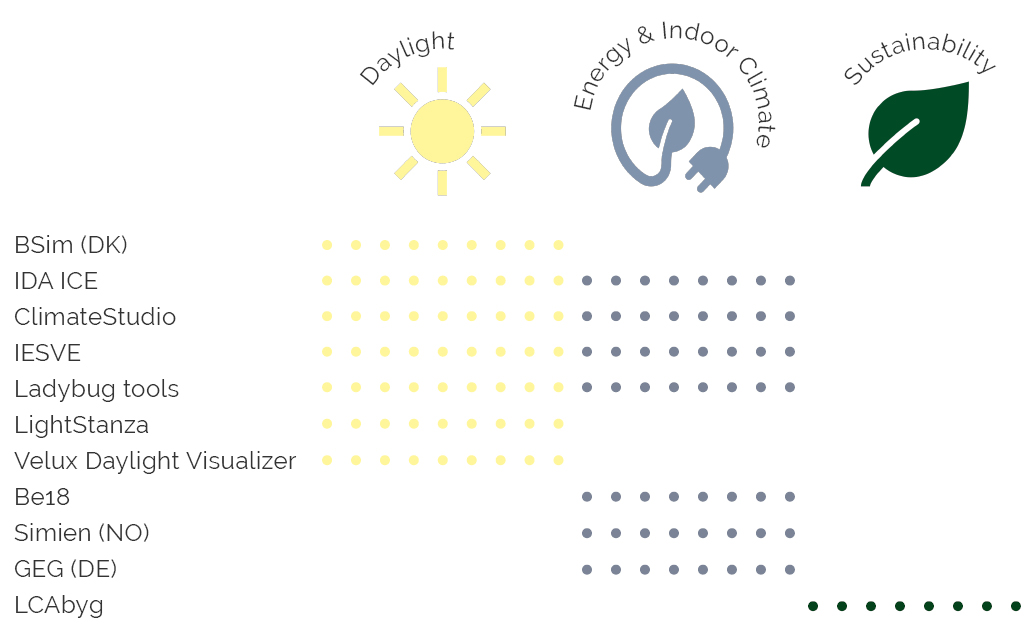📷LINK Arkitektur

With our online simulation tool SimShade® you can perform guiding calculations of solar shading and glazing solutions with ease - and compare them on technical values as well as economic impact.

MicroShade® is a passive and highly effective shading solution fully integrated into either a double or triple pane insulating glazing unit.
MicroShade® consists of micro-structure film which shades the direct sun progressively. The shading effect of can be compared to that of exterior blinds - except the film is almost invisible to the human eye - so the view is maintained.
During summer, when the sun is high in the sky, MicroShade® provides beam shading of up to 100% and as such removes the energy from the sunlight. In contrast, MicroShade allows roughly 35% of solar transmittance in the winter which reduces the need for heating during the cold period.
MicroShade® allows a high level of natural daylight to enter the building and is available in various configurations suitable for both facade and roof applications.
See our introduction video:
MicroShade® is a micro-structure film so thin that it is almost invisible when placed between two or more layers of glazing. The only thing noticeable - if looking very closely - is a thin slip line where the 1,5m wide film is joined together.
The solution is entirely passive and requires no control units, no configurations and no extra maintenance or service. MicroShade® is compatible with all modern glazing configurations including structural glazing, sound reduction and safety glazing configurations.

Even though MicroShade® is integrated into the glazing it should not be considered a glass product, but rather a solar shading product, as it is angle dependent, meaning that the performance varies with the position of the sun.
When it comes to understanding solar positioning, recognizing the angular dependency is crucial. While the solar elevation direction takes precedence in importance, the azimuth direction holds its own significance in specific cases. For utmost accuracy, it is essential to account for both directions in your analysis.
If you want to know more about the angle dependent performance of MicroShade® and other glass and solar shading products you can read more:

Germany, Stuttgart. Orientation South, 21 June, Glazing: 4(MSF6014)-14-4(Extra LowE)-14-4(Extra LowE)
MicroShade thermal performance changes with the sun position. it is therefore not representative to describe the performance with g0-value (perpendicular to the glazing), as it is otherwise common for glass products. Instead, it is necessary to use the effective g-value for thermal performance.
The effective g-value is calculated as a weighted average based on irradiation levels on the façade each hour, meaning that the g-value in hours with high solar irradiance is weighted more heavily than in hours with low solar irradiance.
MicroShade daylight performance changes with the sun position. It therefore necssary to use a climatic based daylight modelling metric instead of the LT0 (perpendicular to the glazing) as it is otherwise common for glass products to evaluate the daylight performance for MicroShade.
Spatial Daylight Autonomy (sDA) is climatic based daylight modelling metrics that specify the amount of time that a point on the working plane in a room can be expected to achieve a target level of illuminance from daylight. The metric is affected by a building’s location and the local weather.

We work towards making it easier and more accessible to perform building simulations with MicroShade.
Below you will find the simulation programs in which you can simulate MicroShade®. In some programs like IDA ICE MicroShade® is a standard element and in other programs MicroShade® can be simulated by using BSDF files, .cal and .rad files or angle depended transmittance data from the datasheets.
In case you need BSDF, .cal and .rad files they can be downloaded from the guideline “Daylight Calculations with MicroShade®” in our Downloads section.
We welcome your input if you are using applications in which you would like MicroShade to be implemented as a standard element. Please feel free to contact us at support(at)microshade.com
*RadianceIES VE is currently inactive. We are aware of this and are actively working on developing a new guideline.
Datasheets
Angle dependant values for 2- and 3-layer MicroShade glazings
Selection Guidelines
Help to choose the right type of MicroShade® for your project
Calculation Guidelines
Guidelines for building simulation programs
Tender Material
Tender text ready to copy into the tender material